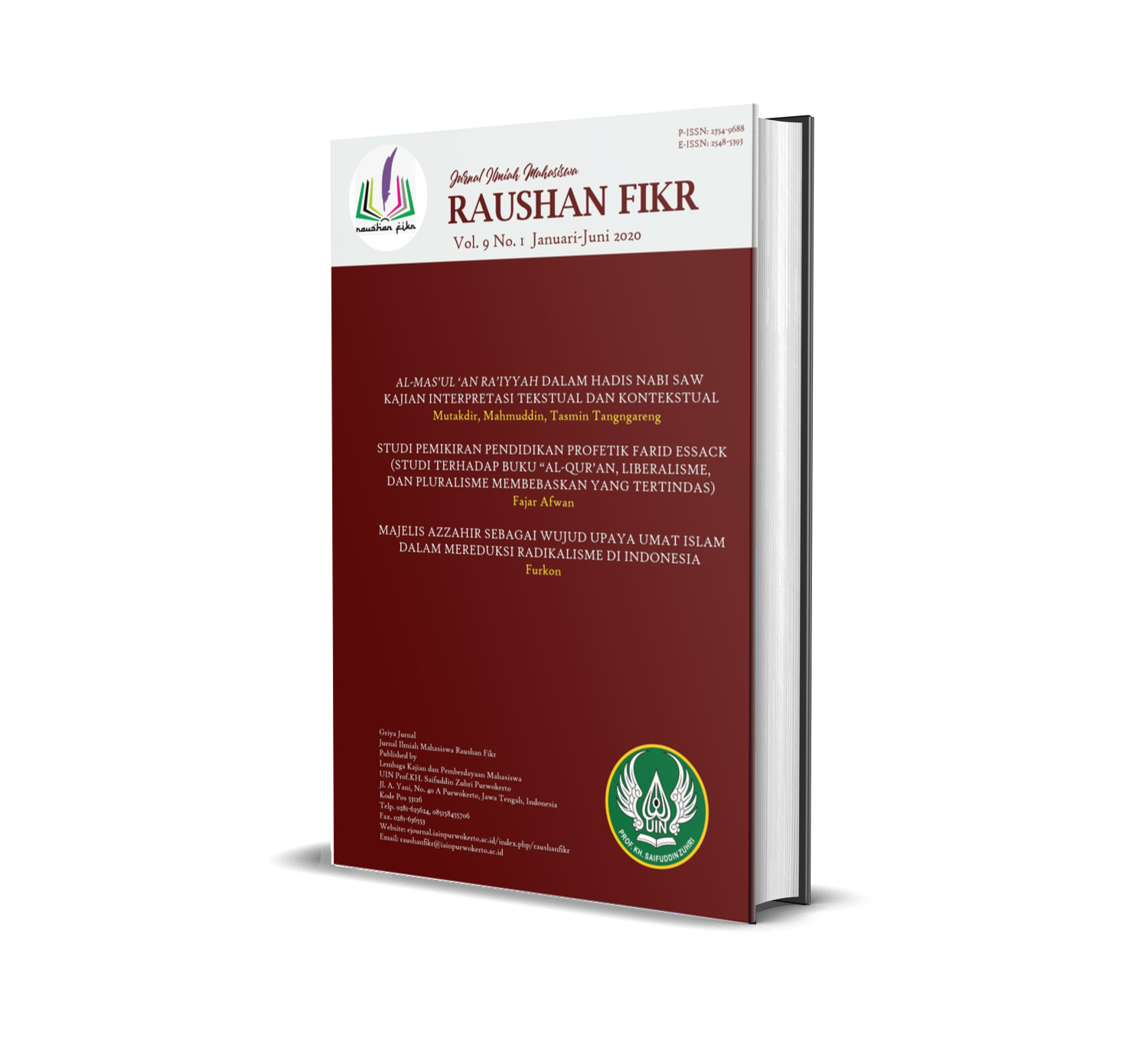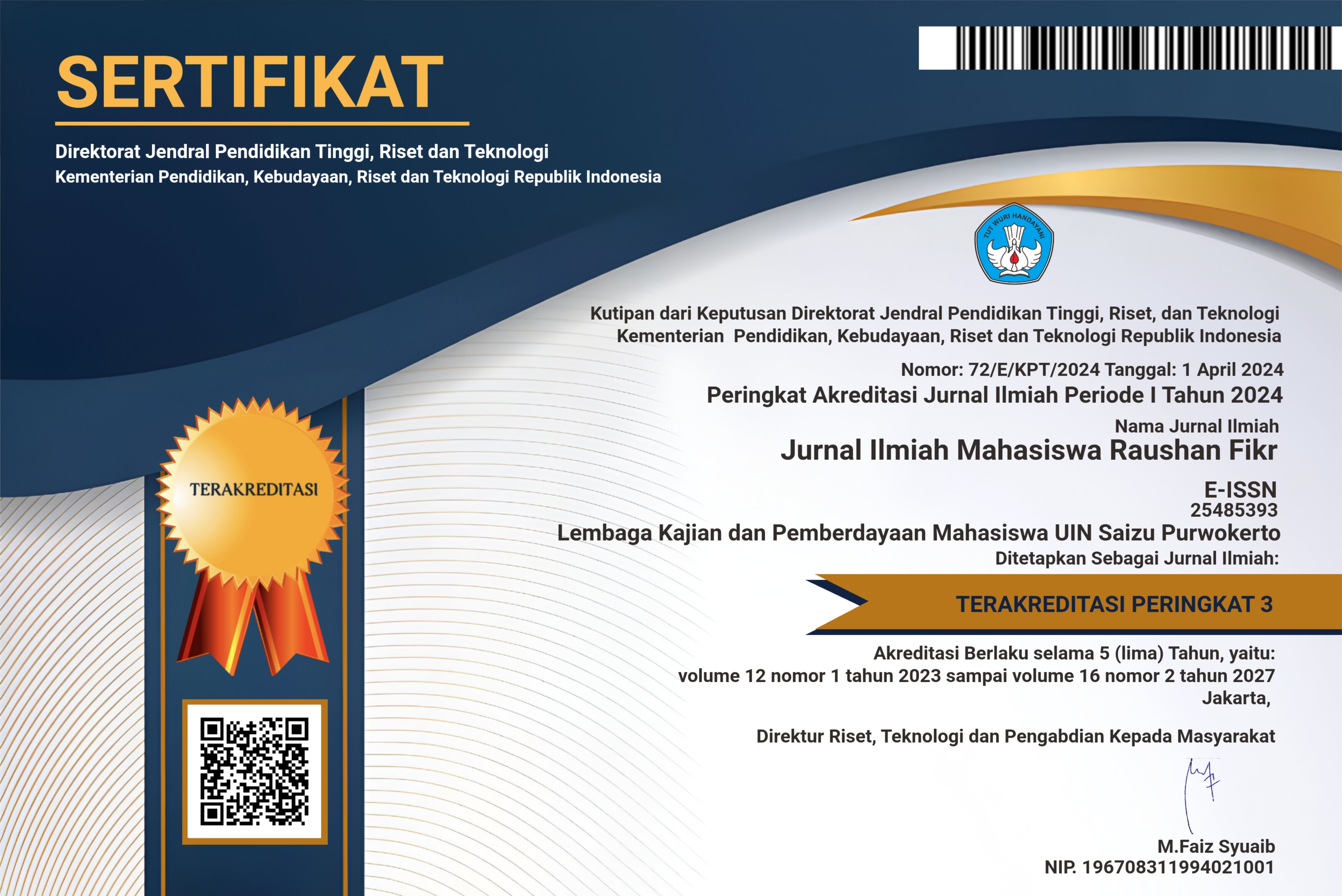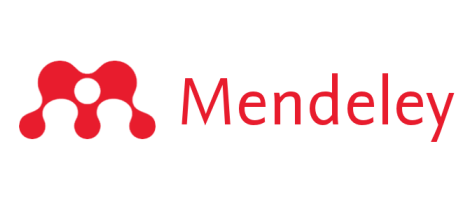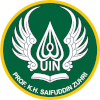PENERAPAN STRATEGI PEMBELAJARAN AKTIF PADA MATA PELAJARAN PENDIDIKAN AGAMA ISLAM (PAI) DI KELAS VII MTs MA'ARIF NU 1 AJIBARANG KABUPATEN BANYUMAS
DOI:
https://doi.org/10.24090/jimrf.v9i1.4134Keywords:
Strategies, Active learning, Islamic EducationAbstract
This study aims to determine the application of active learning strategies in Islamic religious education subjects (PAI) in class VII MTs Ma'arif NU 1 Ajibarang Banyumas Regency. The importance of implementing active learning strategies in the learning process especially in Islamic Religious Education subjects is expected to reduce boredom or boredom in learners themselves. This type of research is field research. This study describes a process that occurs in the field in a descriptive form, while the approach used in this research is to use qualitative research. Data collection techniques using three techniques or triangulation, namely observation, interviews and documentation. The results showed that the application of active learning strategies in the PAI subjects conducted by MTs Ma'arif NU 1 Ajibarang Banyumas Regency was to adjust the subject matter, situation and conditions in learning. PAI teachers implement several active learning strategies namely, everyone is a teacher here (all can be teachers), card sort (sorting or choosing cards), team quiz (group quiz). This strategy is carried out as an effort of Islamic Religious Education teachers to provide convenience for students in understanding PAI lessons.Downloads
References
Depdiknas. Kegiatan Belajar Mengajar di Sekolah Inklusif. Jakarta: Direktorat Pendidikan, 2004.
Dimyati, Mudjiono. Belajar dan Pembelajaran. Jakarta: PT Rineka Cipta, 1999.
Djamarah, Syaiful Bahri, dan Aswan Zaeini. Strategi Belajar Mengajar. Jakarta: Rineka Cipta, 2010.
Echols, John M., dan Khasan Shadily. Kamus Inggris Indonesia. Jakarta: Gramedia, t.t.
Hartanto, Rudi. Ragam Model Mengajar yang Mudah Diterima Murid. Yogyakarta: Diva Press, 2013.
Ismail. Strategi Pembelajaran Agama Islam Berbasis PAIKEM (Pembelajaran Aktif, Inovatif, Kreatif, Efektif dan Menyenangkan). Semarang: RaSAIL Media Group, 2008.
Majid, Abdul, dan Dian Andayani. Pendidikan Agama Islam Berbasis Kompetensi (Konsep dan Implementasi Kurikulum 2004). Bandung: PT Remaja Rosdakarya, 2006.
Mudlofir, Ali. Aplikasi KTSP dan Bahan Ajar dalam Pendidikan Agama Islam. Jakarta: Rajawali Pers, 2011.
Sanjaya, Wina. Strategi Pembelajaran: Berorientasi Standar Proses Pendidikan. VII. Jakarta: Kencana, 2006.
Saputra, Munzier, dan Hery Noer Aly. Watak Pendidikan Islam. Jakarta: Friska Agung Insani, 2003.
Silberman, Melvin L. Silberman. Active Learning 101 Strategi Pembelajaran Aktif. Yogyakarta: Insan Madani, 2009.
Sudjana, Nana. Dasar-dasar Proses Belajar Mengajar. Bandung: Sinar Baru Algensindo, 2014.
Sunhaji. Strategi Pembelajaran. Purwokerto: STAIN Press, 2009.
Supriyono, Agus. Cooperative Learning Teori dan Aplikasi PAIKEM. Yogyakarta: Pustaka Pelajar, 2009.
Warsono, dan Haryanto. Pembelajaran Aktif. Bandung: PT Remaja Rosdakarya Offset, 2013.
Zaini, Hisyam. Strategi Pembelajaran Aktif. Yogyakarta: Insan Madani, 2008.
Downloads
Published
How to Cite
Issue
Section
License
Authors who publish with this journal agree to the following terms:
- Authors retain copyright and grant the journal right of first publication with the work simultaneously licensed under a Creative Commons Attribution-NonCommercial-ShareAlike 4.0 International License that allows others to share the work with an acknowledgement of the work's authorship and initial publication in this journal.
- Authors are able to enter into separate, additional contractual arrangements for the non-exclusive distribution of the journal's published version of the work (e.g., post it to an institutional repository or publish it in a book), with an acknowledgement of its initial publication in this journal.
- Authors are permitted and encouraged to post their work online (e.g., in institutional repositories or on their website) prior to and during the submission process, as it can lead to productive exchanges, as well as earlier and greater citation of published work (See The Effect of Open Access).
















